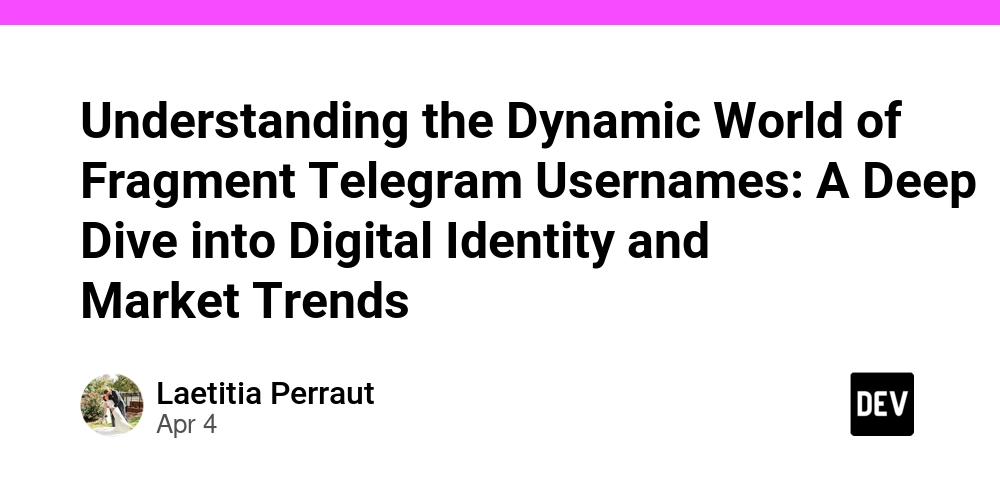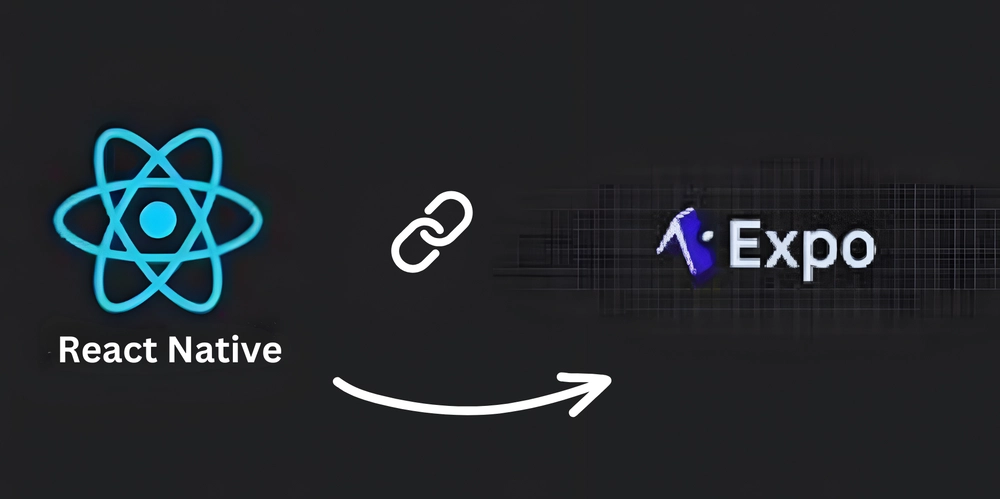Designing a successful Application Security Program: Strategies, Methods and tools for optimal Performance
Understanding the complex nature of modern software development requires a comprehensive, multifaceted approach to application security (AppSec) that goes far beyond mere vulnerability scanning and remediation. A systematic, comprehensive approach is required to incorporate security into all stages of development. The constantly evolving threat landscape and the ever-growing complexity of software architectures are driving the need for a proactive and holistic approach. This comprehensive guide explores the most important elements, best practices, and cutting-edge technology that help to create the highly effective AppSec program. It empowers companies to increase the security of their software assets, decrease risks and foster a security-first culture. The underlying principle of a successful AppSec program is a fundamental shift in thinking, one that recognizes security as a vital part of the development process, rather than a secondary or separate undertaking. This paradigm shift requires an intensive collaboration between security teams as well as developers and operations personnel, removing silos and instilling a conviction for the security of the software they create, deploy and maintain. DevSecOps helps organizations incorporate security into their processes for development. It ensures that security is taken care of in all phases, from ideation, development, and deployment up to regular maintenance. This approach to collaboration is based on the creation of security standards and guidelines, that provide a structure for secure programming, threat modeling and management of vulnerabilities. These guidelines must be based on industry best practices such as the OWASP top 10 list, NIST guidelines, and the CWE. They should also take into consideration the distinct requirements and risk profiles of an organization's applications as well as the context of business. These policies should be written down and made accessible to all parties to ensure that companies implement a standard, consistent security approach across their entire application portfolio. It is important to fund security training and education programs to help operationalize and implement these guidelines. These initiatives must provide developers with the skills and knowledge to write secure software and identify weaknesses and adopt best practices for security throughout the development process. The training should cover a variety of aspects, including secure coding and the most common attacks, as well as threat modeling and safe architectural design principles. By promoting a culture that encourages continuous learning and providing developers with the equipment and tools they need to incorporate security into their daily work, companies can create a strong foundation for a successful AppSec program. Organizations must implement security testing and verification methods in addition to training to spot and fix vulnerabilities before they can be exploited. This requires a multi-layered method that includes static and dynamic analysis methods in addition to manual penetration testing and code reviews. At the beginning of the development process static Application Security Testing tools (SAST) can be used to detect vulnerabilities like SQL Injection, Cross-Site Scripting (XSS) and buffer overflows. Dynamic Application Security Testing tools (DAST) on the other hand can be used to simulate attacks against running applications to find vulnerabilities that may not be detected by static analysis. While these automated testing tools are essential for identifying potential vulnerabilities at large scale, they're not a panacea. code validation Manual penetration tests and code reviews conducted by experienced security professionals are also critical in identifying more complex business logic-related vulnerabilities that automated tools may miss. Combining automated testing with manual verification, companies can obtain a more complete view of their application's security status and prioritize remediation efforts based on the severity and potential impact of identified vulnerabilities. Companies should make use of advanced technology, like artificial intelligence and machine learning to improve their capabilities in security testing and vulnerability assessment. AI-powered tools can analyse huge amounts of code as well as application data, identifying patterns and abnormalities that could signal security problems. They also learn from vulnerabilities in the past and attack patterns, continually increasing their capability to spot and prevent emerging threats. Code property graphs are an exciting AI application within AppSec. They are able to spot and fix vulnerabilities more accurately and efficiently. CPGs are a detailed representation of an application’s codebase which captures not just the syntactic structure of the application but also complex dependencies and relationships between components. AI-driven tools that utilize CPGs are a

Understanding the complex nature of modern software development requires a comprehensive, multifaceted approach to application security (AppSec) that goes far beyond mere vulnerability scanning and remediation. A systematic, comprehensive approach is required to incorporate security into all stages of development. The constantly evolving threat landscape and the ever-growing complexity of software architectures are driving the need for a proactive and holistic approach. This comprehensive guide explores the most important elements, best practices, and cutting-edge technology that help to create the highly effective AppSec program. It empowers companies to increase the security of their software assets, decrease risks and foster a security-first culture.
The underlying principle of a successful AppSec program is a fundamental shift in thinking, one that recognizes security as a vital part of the development process, rather than a secondary or separate undertaking. This paradigm shift requires an intensive collaboration between security teams as well as developers and operations personnel, removing silos and instilling a conviction for the security of the software they create, deploy and maintain. DevSecOps helps organizations incorporate security into their processes for development. It ensures that security is taken care of in all phases, from ideation, development, and deployment up to regular maintenance.
This approach to collaboration is based on the creation of security standards and guidelines, that provide a structure for secure programming, threat modeling and management of vulnerabilities. These guidelines must be based on industry best practices such as the OWASP top 10 list, NIST guidelines, and the CWE. They should also take into consideration the distinct requirements and risk profiles of an organization's applications as well as the context of business. These policies should be written down and made accessible to all parties to ensure that companies implement a standard, consistent security approach across their entire application portfolio.
It is important to fund security training and education programs to help operationalize and implement these guidelines. These initiatives must provide developers with the skills and knowledge to write secure software and identify weaknesses and adopt best practices for security throughout the development process. The training should cover a variety of aspects, including secure coding and the most common attacks, as well as threat modeling and safe architectural design principles. By promoting a culture that encourages continuous learning and providing developers with the equipment and tools they need to incorporate security into their daily work, companies can create a strong foundation for a successful AppSec program.
Organizations must implement security testing and verification methods in addition to training to spot and fix vulnerabilities before they can be exploited. This requires a multi-layered method that includes static and dynamic analysis methods in addition to manual penetration testing and code reviews. At the beginning of the development process static Application Security Testing tools (SAST) can be used to detect vulnerabilities like SQL Injection, Cross-Site Scripting (XSS) and buffer overflows. Dynamic Application Security Testing tools (DAST) on the other hand can be used to simulate attacks against running applications to find vulnerabilities that may not be detected by static analysis.
While these automated testing tools are essential for identifying potential vulnerabilities at large scale, they're not a panacea. code validation Manual penetration tests and code reviews conducted by experienced security professionals are also critical in identifying more complex business logic-related vulnerabilities that automated tools may miss. Combining automated testing with manual verification, companies can obtain a more complete view of their application's security status and prioritize remediation efforts based on the severity and potential impact of identified vulnerabilities.
Companies should make use of advanced technology, like artificial intelligence and machine learning to improve their capabilities in security testing and vulnerability assessment. AI-powered tools can analyse huge amounts of code as well as application data, identifying patterns and abnormalities that could signal security problems. They also learn from vulnerabilities in the past and attack patterns, continually increasing their capability to spot and prevent emerging threats.
Code property graphs are an exciting AI application within AppSec. They are able to spot and fix vulnerabilities more accurately and efficiently. CPGs are a detailed representation of an application’s codebase which captures not just the syntactic structure of the application but also complex dependencies and relationships between components. AI-driven tools that utilize CPGs are able to perform a deep, context-aware analysis of the security of an application. They will identify security vulnerabilities that may have been overlooked by traditional static analyses.
CPGs are able to automate the process of remediating vulnerabilities by making use of AI-powered methods to perform repair and transformation of the code. AI algorithms are able to provide targeted, contextual fixes by analyzing the semantics and the nature of vulnerabilities that are identified. This allows them to address the root causes of an problem, instead of fixing its symptoms. This technique not only speeds up the process of remediation but also reduces the risk of introducing new vulnerabilities or breaking existing functionality.
Another key aspect of an effective AppSec program is the incorporation of security testing and verification into the continuous integration and continuous deployment (CI/CD) process. Automating security checks, and integrating them into the build-and-deployment process allows companies to identify weaknesses early and stop them from affecting production environments. The shift-left security method can provide quicker feedback loops, and also reduces the amount of time and effort required to discover and fix vulnerabilities.
For companies to get to this level, they have to put money into the right tools and infrastructure to help support their AppSec programs. Not only should these tools be used to conduct security tests and testing, but also the frameworks and platforms that allow integration and automation. Containerization technologies such as Docker and Kubernetes play a crucial role in this regard because they offer a reliable and constant setting for testing security as well as isolating vulnerable components.
In addition to technical tooling effective collaboration and communication platforms are essential for fostering an environment of security and allow teams of all kinds to collaborate effectively. Issue tracking tools like Jira or GitLab help teams identify and address weaknesses, while chat and messaging tools such as Slack or Microsoft Teams can facilitate real-time exchange of information and communication between security specialists as well as development teams.
The achievement of the success of an AppSec program is not just on the tools and technologies employed, but also on the people and processes that support the program. To create a secure and strong environment requires the leadership's support as well as clear communication and a commitment to continuous improvement. Companies can create an environment that makes security not just a checkbox to check, but an integral element of development by encouraging a shared sense of responsibility by encouraging dialogue and collaboration as well as providing support and resources and encouraging a sense that security is an obligation shared by all.
In order to ensure the effectiveness of their AppSec program, organizations must concentrate on establishing relevant measures and key performance indicators (KPIs) to measure their progress and pinpoint areas for improvement. These metrics should be able to span the entire lifecycle of applications starting from the number of vulnerabilities identified in the initial development phase to duration required to address issues and the security of the application in production. By regularly monitoring and reporting on these metrics, companies can show the value of their AppSec investments, spot patterns and trends and make informed decisions regarding where to concentrate on their efforts.
Furthermore, companies must participate in continual education and training activities to stay on top of the constantly changing threat landscape and emerging best methods. It could involve attending industry conferences, taking part in online-based training programs as well as collaborating with security experts from outside and researchers in order to stay abreast of the most recent technologies and trends. Through the cultivation of a constant culture of learning, companies can assure that their AppSec program is able to be adapted and resilient to new threats and challenges.
Finally, it is crucial to recognize that application security is not a single-time task but an ongoing process that requires a constant dedication and investments. As new technologies develop and practices for development evolve companies must constantly review and update their AppSec strategies to ensure they remain efficient and in line with their goals for business. By adopting a strategy that is constantly improving, fostering collaboration and communication, and leveraging the power of new technologies like AI and CPGs, organizations can establish a robust, flexible AppSec program that protects their software assets but also allows them to be able to innovate confidently in an increasingly complex and challenging digital landscape.code validation












































































































































































![[The AI Show Episode 142]: ChatGPT’s New Image Generator, Studio Ghibli Craze and Backlash, Gemini 2.5, OpenAI Academy, 4o Updates, Vibe Marketing & xAI Acquires X](https://www.marketingaiinstitute.com/hubfs/ep%20142%20cover.png)



























































































































![[DEALS] The Premium Learn to Code Certification Bundle (97% off) & Other Deals Up To 98% Off – Offers End Soon!](https://www.javacodegeeks.com/wp-content/uploads/2012/12/jcg-logo.jpg)


![From drop-out to software architect with Jason Lengstorf [Podcast #167]](https://cdn.hashnode.com/res/hashnode/image/upload/v1743796461357/f3d19cd7-e6f5-4d7c-8bfc-eb974bc8da68.png?#)









































































































.png?#)

































_Christophe_Coat_Alamy.jpg?#)
 (1).webp?#)




































































































![iPhone 17 Pro Won't Feature Two-Toned Back [Gurman]](https://www.iclarified.com/images/news/96944/96944/96944-640.jpg)
![Tariffs Threaten Apple's $999 iPhone Price Point in the U.S. [Gurman]](https://www.iclarified.com/images/news/96943/96943/96943-640.jpg)





































































































































